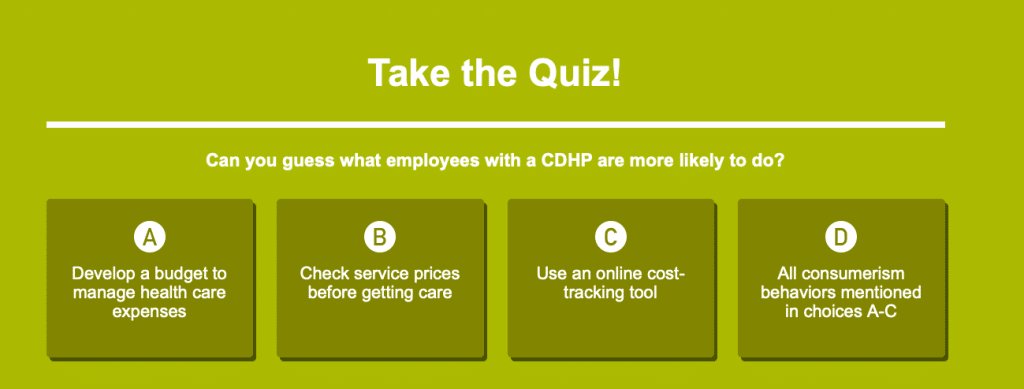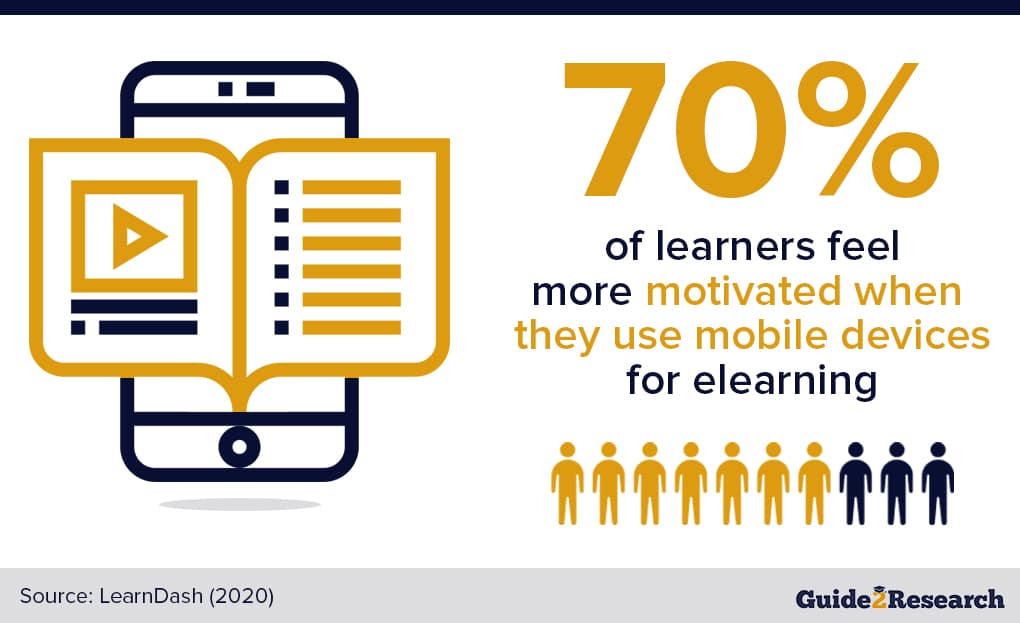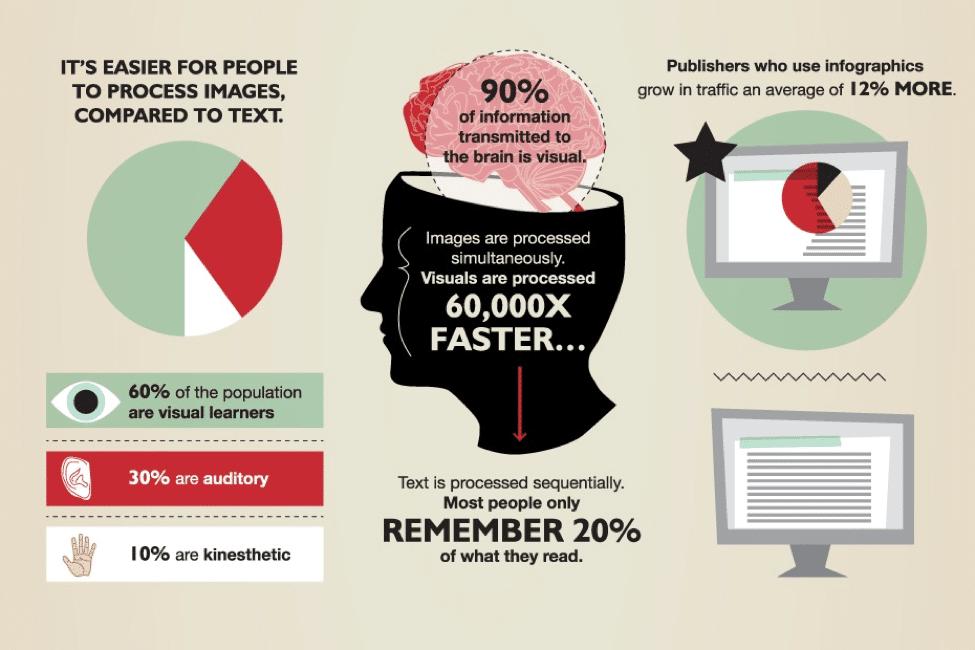The struggle for the audience’s attention in the digital environment requires constant innovation from companies that strive for a prominent position. More than just attracting users to the brand’s content, the strategy must contemplate ways to retain their attention and enhance engagement.
One of the main challenges in this process is to overcome the growing and intense competition, which requires adopting the best practices when it comes to creating interactive content.
Given the enormous amount of material published every day, readers present increasingly high standards about what they consume. They are looking for informative, authentic, and authoritative materials. If you want to meet these demands, it is necessary to be creative and, especially, stay tuned to the major trends.
This is where interactive content comes in. As opposed to static content, this type of material boasts an enormous potential to attract, nurture and retain leads in order to build audience loyalty.
However, to reach this level, it is necessary to adopt a production process that is above average. It is what we will address in this text.
Interested in learning about the best practices for creating interactive content? Throughout this text, we will explain the following points.
What are the differences between static and interactive pieces?
There is a lot of talk about interactive content, but what are the fundamental differences between interactive and static pieces?
Well, the very terms give you an idea, don’t they? The word “static” refers to something that does not move, that does not perform any activity. On the other hand, interactivity has to do with the idea of dialogue between two sides. In this case, brand and consumer.
The so-called interactive content, unlike the static one, allows the reader to actively participate in their own experience. Instead of simply reading a plain text without many appeals, like so many others, the user has access to more elaborate pieces that insert elements to enrich their journey.
This way, instead of being limited to reading the text, which can lead to disengagement, the user interacts with quizzes, videos, images and other elements that complement the information in the post and make it much more interesting.
Thus, the visitor of a website, for example, is influenced to constantly interact with pages, either by clicking on them or by filling out forms.
Each one of these interactions generates more than a feeling of satisfaction in the user, who soon realizes to be part of a differentiated and customized experience.
The brand, if clever, can make strategic use of each interactive action. Clicks that are left during a visit to the company’s website, for example, indicate the route taken by the reader within the pages, highlighting points of interest and, more importantly, indicating the pages or obstructions that caused a visitor to leave the website.
We can apply the same principle to marketing pieces of content. Interactive ebooks that contain, besides the text itself, quizzes to test the reader’s knowledge generate an easier understanding of how the persona consumes such material.
Yes, static materials can also generate this type of analysis, but at a much lower degree. This is because the intensity of interactions is much higher in interactive pieces, generating more data to feed the managers and strategists of your marketing team.
Types of interactive content
Basically, you can transform any static content into interactive. Do you remember that landing page that ranks well in Google but still accounts for few conversions? Well, converting it into interactive material may be the solution to turn things around. And this is absolutely possible.
It is important to note that the concept of interactivity is not as complex as many people believe. It is simply about finding ways to allow consumers to feel part of the experience.
For example, replacing a static form with a more intuitive and interactive one may be just what you need to boost a landing page’s results.
But let’s not get hung up on that type of material. Check out other common types of interactive content and learn a little more about them.
Interactive quizzes
Interactive quizzes are valued for their ludic nature, which motivates the persona to continue their experience. They can be inserted in blogposts, e-books, infographics, or simply made available independently. The idea is to present clear and pertinent questions, prompting the reader to think about the answers.
While participating in the experience, a sort of questions and answers game, the reader, almost without noticing, gains information provided by the brand.
These materials are useful in several phases of the buyer’s journey. At the top of the funnel, they serve to educate the lead. In the middle, they can instigate questions. And at the bottom, they can simply indicate the best solution available to the customer, based on their answers.
Interactive calculators
Calculators are also a very versatile type of interactive content, as they allow customers to take charge of their own experience and obtain tailored information. Usually, these pieces are employed in the decision phase to highlight the benefits the buyer can receive by choosing a solution.
A widely used example is the Interactive Content Marketing Value Calculator. Based on data entered by the user, the tool calculates the expected value in investing in interactive content.
Interactive infographics
Interactive infographics represent an excellent way to convey complex information since it allows the insertion of different visual elements, such as charts, diagrams, as well as interactive pieces like quizzes. Their interactivity comes from the way users browse the page.
In some cases, information is only revealed when the reader scrolls down the page or hovers the mouse over an image. In other models, data entered by users modify the elements that will be displayed, considering the stage of the funnel in which the person is and other factors.
An excellent example of what we have just described is this infographic created by Right Source. Take a close look at it. Vibrant and eye-catching colors, combined with visuals that only become visible after the user takes some action — in this case, scrolling down the page.

Looking at the material we have just presented, pay close attention to how the design and copywriting are crafted. Concise, clear and standardized text is combined with pictures, colors, and graphics that enrich the experience. It is obvious that this kind of production process differs from static pieces, isn’t it?
We will talk more about these differences in the following topic!
How do these differences affect the production process?
The processes involved in an Interactive Marketing strategy are, without any doubt, very different from those applied in static Content Marketing. It is a natural consequence.
The addition of interactivity makes the whole process more complex, affecting each of its stages. Knowing how to deal with these differences is key to the success of your strategy.
Therefore, there is no point in adopting this type of approach simply because you acknowledge its benefits.
It is necessary to dive deep into this strategy and ensure that all members involved in each production stage work under the same parameters. In other words, you need to integrate interactivity into your corporate culture.
Considering that production processes are generally divided into four stages (planning, copy, design and review), we can say that each one must be thought specifically to develop interactive pieces.
Your marketing team and yourself should analyze each activity around this concept.
Here, you may be asking yourself: well, my static production is already satisfactory. Isn’t it enough to insert interactive elements to make it adequate?
Not exactly. Each step should apply the best techniques for creating interactive content, enabling the production of legendary interactive pieces. But how to do so?
What are the best practices for creating interactive content at each stage?
The stages of the production process must be understood as parts of a whole. What is performed in the planning stage determines the level of quality achieved in the copy. The copywriter’s work, in turn, directly influences how the designer will put their ideas into practice.
To produce interactive content beyond the basics and stand out on the Internet, all these points need to be properly aligned. There is no magic formula. What to do, precisely, will depend on the reality and needs of your company.
However, below you will find some essential tips to optimize all the tasks involved in this operation. Check them out!
1. Planning
Planning is the backbone of any strategy. If well elaborated, it serves as a guide for all team members, who clearly visualize what is expected of them. It also points out which practices for creating interactive content they should employ. So, at this stage, the more detail, the better.
As we are specifically talking about the production of interactive pieces, the manager must make it clear to the copywriter that the material’s purpose is to promote interactivity. In this way, the professional will be able to create the text in a way that provides a natural and fluid interactive experience.
It is also crucial to indicate in which format the content will be displayed. This helps in the choice of words, voice tone and number of characters. An infographic, for example, is marked by a mix of text and images. Therefore, the number of words will be much lower than in a blog post or e-book.
2. Copy
Upon receiving the script, preferably sent by the planning team, the copywriter can start thinking of appropriate points for interaction. They can be indicated by bullet points, always clarifying each interaction’s type and purpose. For example, if it’s a quiz, the designer should be informed in a clear and non-ambiguous way.
Also, the writer must take into consideration all non-textual elements that make up the material. Unlike static materials, the narrative may not be linear. GIFs, videos, and other elements are commonly used to “break” the reading and offer information in different formats.
Adjusting your writing to become interactive will require you to reconsider all the story elements and figure out which parts need to use a written narrative.
3. Design
Besides working on the copywriter’s interactivity ideas, the design team must think about other opportunities to enhance the audience’s engagement. However, its most important function is to bring the piece to life, turning the copywriter’s draft into truly interactive elements.
For example, let’s say the copywriting stage has defined the insertion of a quiz into the infographic, indicating the questions, the right answer and, of course, the explanations. In the original document, such directions could be given in the form of bullet points. After the designer’s work, however, the piece looks completely fresh.

The same infographic from which we took this example, produced by Anthem Group, provides another great sample of how the designer can determine how the user discovers information. At the end of material, the visitor is encouraged to choose between different plans.
Instead of displaying all of them at once, the design team decided to insert something like a gallery. The visitor can click on the arrows to browse through the different plans and check out their features.

4. Review
Finally, we come to the revising stage. The focus here is to revisit all the material details and make sure they are following the guidelines. It is also worth to check carefully if the tone of voice follows the brand standards and if the visual identity is compatible with the message you want to convey.
Before releasing the content, test all interactive elements. They need to work on all occasions, or they will end up driving away your potential consumers. In this process, don’t forget the importance of being mobile-friendly.
Mobile devices are the favorite channel for users to look for educational experiences, which are very common in content strategies. The image below illustrates this.

Wrap Up
Now that you know a little more about the best practices for creating interactive content, you can start pursuing this strategy’s benefits. In Digital Marketing, interactivity is now a key element for a positive relationship with your audience. Start offering qualified experiences, stand out from the competition and achieve even better results!
Want to know where to start? Don’t waste any more time and download our beginner interactive content guide!
Start creating interactive content with Ion and increase your marketing results!
Start creating interactive content with Ion and increase your marketing results!



![[Rock NA] State of Marketing Reports 2024 – Comkt Hubspot State of Marketing Report 2024](https://rockcontent.com/wp-content/uploads/2022/07/Banner-Fino-Rock-Convert-2500-%C3%97-500-px-19.png)







